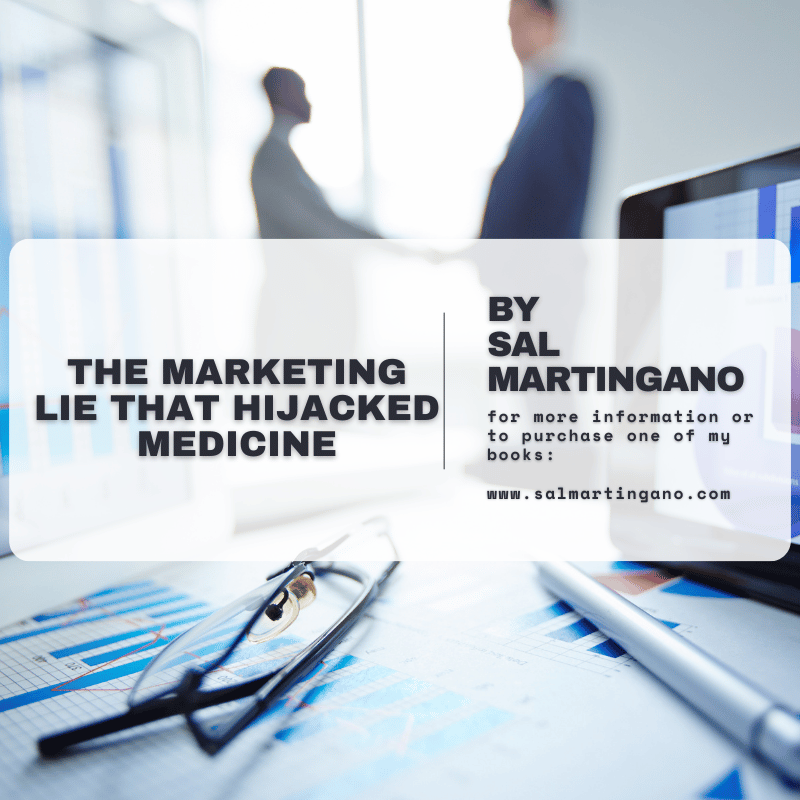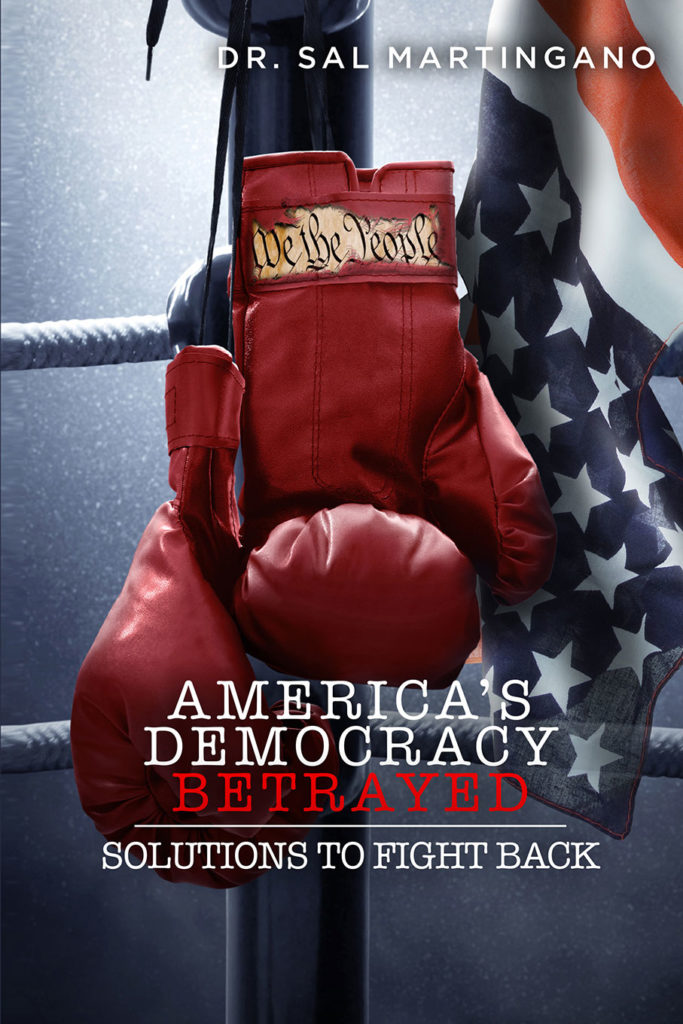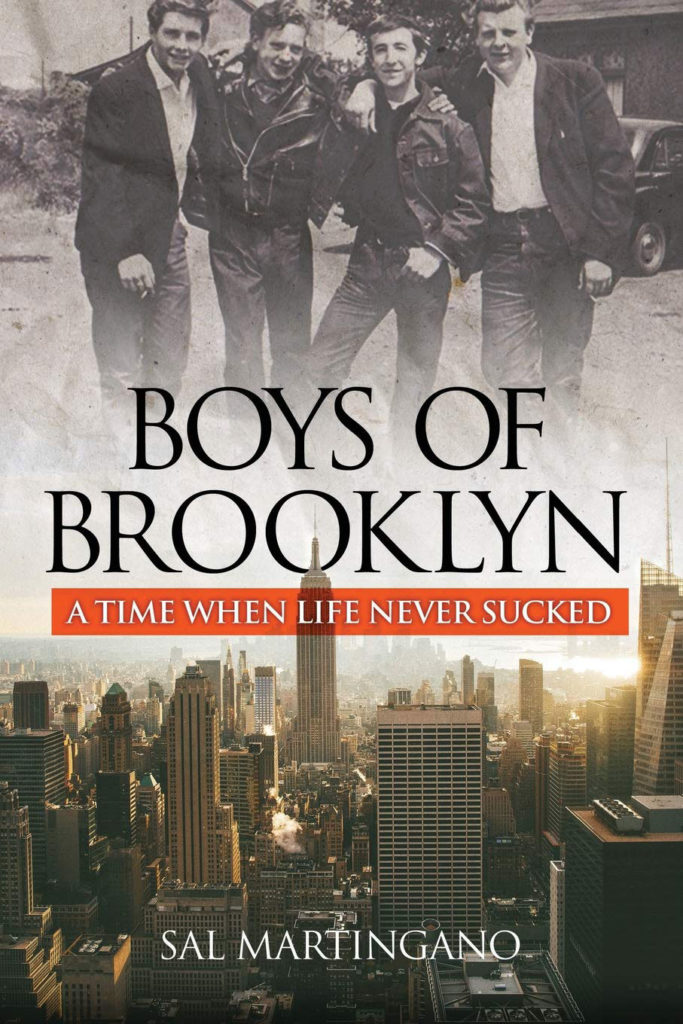The Marketing Lie That Hijacked Medicine

I’ve been around medicine and healthcare for decades, and I’ve never seen anything as manipulative, insulting, and downright dangerous as Direct-To-Consumer (DTC) pharmaceutical advertising. If you’ve watched any TV lately, you know what I mean.
Here is a quick example:
A middle-aged man is running through a field with his golden retriever, or a smiling woman is kayaking peacefully down a river. Uplifting music is playing in the background, the sun is shining, and while you’re watching this feel-good fantasy, an off-camera narrator whispers side effects like “internal bleeding, suicidal thoughts, loss of vision, or sudden death.”

Welcome to American medicine, brought to you by Madison Avenue.
The FDA Opened the Door in 1997
Prior to 1997, pharmaceutical companies were not allowed to market prescription drugs directly to consumers. That changed when the FDA relaxed the rules, allowing drug makers to advertise on television. as long as they mentioned the major risks.
- That loophole created a marketing goldmine.
- Now, instead of letting doctors determine the best treatment, pharmaceutical companies are pitching their products directly to you and then tell you to “ask your doctor.”
But let’s be clear: this wasn’t about educating the public. It was about creating customers, not patients.
All These Ads Look the Same….and That’s the Point
After watching dozens, maybe hundreds of these drug ads, you start to notice something obvious; they’re practically identical. All that changes is the drug name and the disease-of-the-week.
The formula:
- Smiling people, usually doing something outdoors or family-oriented
- A soothing musical jingle
- Visuals that evoke trust and joy
- A fast-talking narrator quietly reading a list of side effects, some of which are life-threatening
Let’s not forget that side effects will require drugs as well

These ads are written by professional marketers, not doctors, and their goal isn’t to inform, but to associate positive emotions with a drug name. It’s branding disguised as public health. And it’s working.
The Financial Payoff: Big Pharma’s Greatest Investment
In 2023 alone, pharmaceutical companies spent over $8 billion on DTC advertising. But here’s the kicker: they wouldn’t be spending that kind of money if it didn’t pay off.
- Let’s take AbbVie’s Humira, a drug for arthritis and Crohn’s disease.
- AbbVie spent nearly $430 million advertising it. The drug pulled in $21 billion globally, making Humira one of the best-selling drugs of all time.
Do the math. That’s a return on investment that Wall Street dreams about.

It’s not just Humira. Pfizer, Novo Nordisk, and Eli Lilly have all poured hundreds of millions into ads for drugs like Ozempic (for diabetes and now “off-label” weight loss), Xarelto (a blood thinner), and Stelara (for psoriasis). All of these drugs come with black box warnings, the FDA’s most serious safety label. Yet these powerful, often dangerous drugs are marketed like harmless candy bars
The Financial Payoff: Big Pharma’s Greatest Investment
Former employees have confirmed what many of us suspected: the risk warnings are a legal formality, not a moral responsibility.
- One former Pfizer marketer reportedly admitted that “no one cares how ridiculous the ad sounds or looks, as long as sales go up.”
The idea is to make the visuals so pleasant and the music so calming that you’ll tune out the voice listing the side effects.
Let’s call it what it is: psychological manipulation — dressed up in a lab coat.
The Doctor-Patient Relationship is Eroding
Here’s what’s not being said:
- These ads are changing how we view our doctors.
- When you walk in asking for a drug you saw on TV, your doctor becomes a gatekeeper, not a decision-maker.
- Many physicians have quietly admitted that they feel pressured to prescribe what the patient is already convinced they need.
- Declining could risk losing the patient or triggering a bad online review. Approving means going along with a system they know is flawed.
So who’s really calling the shots here…the doctor or the marketer?

Who’s Protecting the Public?
The FDA’s job is to regulate drug safety. But they also accept funding from the very industry they regulate. In fact, nearly half of the FDA’s drug approval budget comes from user fees paid by pharmaceutical companies.
That’s like letting the fox fund the henhouse.
Meanwhile, consumers are left believing that if it’s on TV, it must be safe. But some of the most aggressively advertised drugs have led to lawsuits, injury, or worse.
My Message: Enough Is Enough
As someone who has dedicated his life to educating the public on health, I’m not just frustrated, I’m outraged. DTC advertising has cheapened the practice of medicine, replacing clinical judgment with consumer influence.
It’s time we ask ourselves some serious questions:
- Why are we one of only two countries (United States & New Zealand) that allow this practice?
- Why are we tolerating a system where marketing outranks medical ethics?
- How much longer will we ignore the price we pay, in both dollars and lives?

Look no further than Purdue Pharmaceutical and the opioid epidemic created by the unfettered marketing they created. https://www.pbs.org/wgbh/frontline/article/inside-the-aggressive-marketing-of-oxycontin-revisit-purdue-pharmas-role-in-the-opioid-crisis/
- Purdue Pharmaceutical began its advertising blitz of OxyContin, in the 1990’s, falsely downplaying its addictive risks.
- Since then, over 1,200,000 American lives have been lost as a result of Opioid overdose.
- In 2007, Purdue Pharma pled guilty to a series of charges, including misbranding, and false advertising.
- Purdue was fined a mere $600 million.
Purdue generated a profit of more than $35 BILLION in revenue from OxyContin. A human catastrophe but a financial windfall for Purdue*
Call To Action
If you’re as disturbed as I am, don’t just shrug it off.
- Question the next drug ad you see.
- Talk to your doctor, not as a customer, but as a patient seeking truth.
- Support efforts to ban or severely restrict DTC drug advertising.
It’s time to reclaim healthcare from the hands of marketers and return it to those who took an oath to do no harm

If you liked this blog, then you’ll LOVE my books! Click on the image for more information about my latest book AMERICA’S DEMOCRACY BETRAYED…SOLUTIONS TO FIGHT BACK!
This is THE ONLY PLACE to receive EXCLUSIVE, AUTHOR-SIGNED COPIES when you purchase from www.salmartingano.com!

Extras:
Get a FREE ebook by joining our mailing list today!
We will send you a digital preview of Dr. Sal’s new book America’s Democracy Betrayed.

